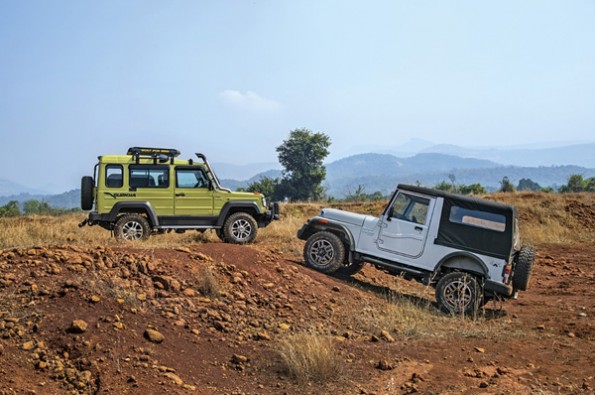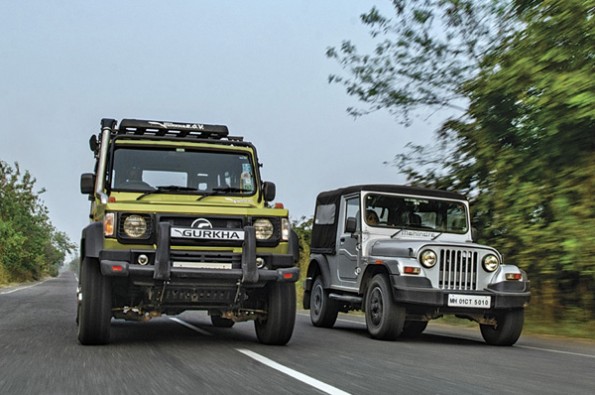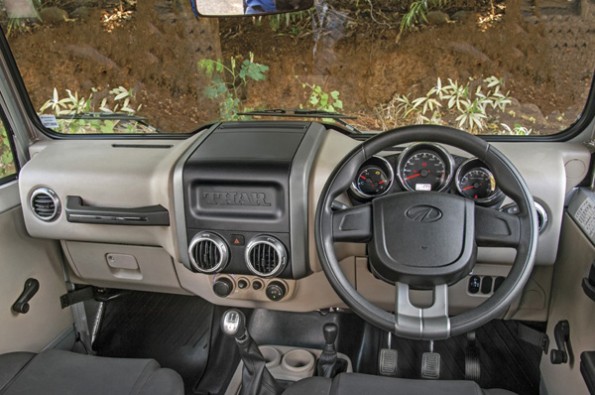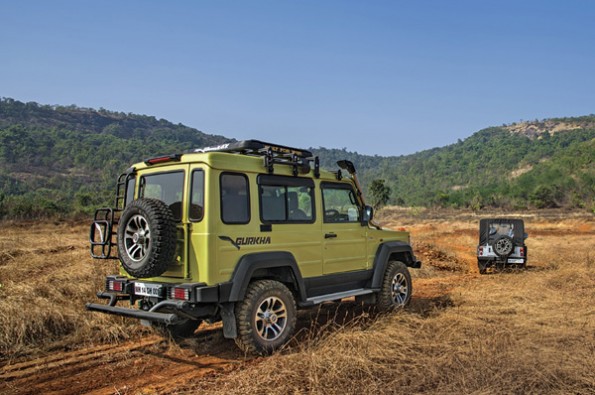Mahindra first launched the Thar in 2010; it was a period when off-roading was for a few enthusiasts. The Gypsys and other Mahindras at the time were noisy and uncomfortable. However, the Thar got air conditioning, power steering, an independent front suspension and this was new to the segment. The Thar was the vehicle that gave off-roading enthusiasts a vehicle that could be used every day.

The Thar did have competition when it went on sale, and it was in the form of the Gurkha. The car was launched before the Thar but it only got its proper makeover in 2013. This Gurkha proved to be very capable but the support network it had was bad, and the SUV felt quite crude. The manufacturer first sold around 30 units, which made it extremely rare. Force also felt that the Gurkha was due for another makeover, and that’s what it got in February 2017. This new model switched to a common-rail motor, a new gearbox and suspension.
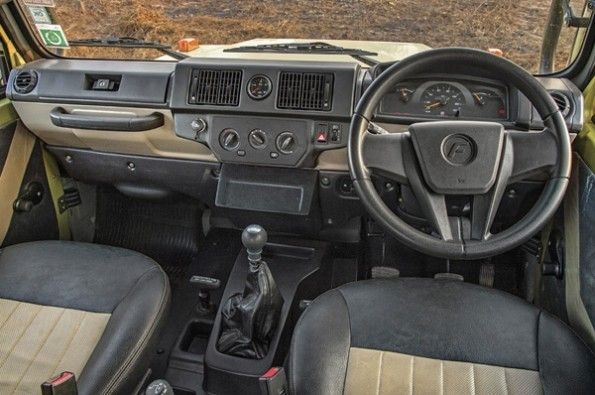
How do they drive off-road?
The Thar continues to feature the classic ‘Jeep’ styling; the Gurkha on the other hand has a design inspired from the Mercedes G Wagen. The top-spec model features accessories like a shovel, axe and more.
We took the cars to an off-road trail in Khopoli putting them to the real test. In terms of performance figures, it’s the Thar that has the higher ones. Its 2.5 litre motor makes 107hp and 247Nm of torque while being paired to a five-speed transmission. The Gurkha, on the other hand, makes 85hp and 230Nm, and weighs 300kg more than the Thar.
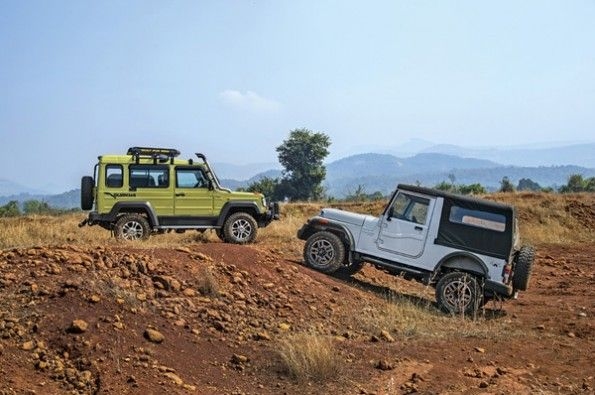
However, the Gurkha does come with manual locking front and rear differentials. The Mahindra, on the other hand, has a mechanical locking differential on the rear axle. This comes into action in situations where there is less traction. While taking on rocks, you would want the ability to lock the diffs, but the Thar doesn’t allow that. You end up climbing the rock, but hit the next rock hard which isn’t fun. This situation can be avoided in the Gurkha thanks to its diff-locks. Even though the levers are difficult to toggle, it is easier than dealing with a big repair bill.
The Gurkha’s low idle speed makes it a better crawler as well. It also benefits from an additional 10mm of clearance. But, off-roaders would know that approach angles matter more than clearance. The Thar has a 44 degree approach angle compared to the 39 degree angle on the Gurkha. However, it’s the Gurkha that has more ramp-over angle, which is also important for off-roading.
Overall, the Gurkha has the edge when it comes to off-roading but that’s not to say that the Thar is any less capable. They are evenly matched for the most part, but, it’s only in the most hardcore off-roading sections where the Gurkha proves to be better.
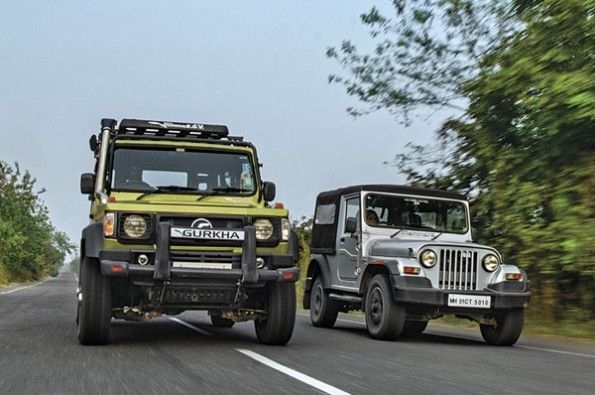
How do they drive on the road?
The Thar is the nicer car for daily use – it’s more powerful and has predictable gearshifts. The Thar also has a lighter clutch, which helps a lot in traffic. The Gurkha is the car that rides better, owing to its independent suspension. Being a hardtop, the cabin is also less noisy.
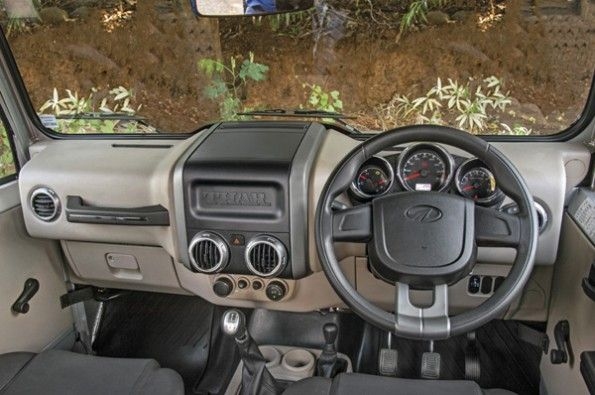
The soft top on the Thar also continuously flutters and this can be annoying on the highway, especially long distances. One can equip the car with an aftermarket hardtop, but that’s an extra expense. Coming back to the cabin in the Gurkha, even though it is the more comfortable one, the switchgear appears to be from the 1980s. The Thar is also more ergonomic. Both vehicles have average interiors and are nothing special. There’s nothing more than the power steering and air-conditioning in both vehicles.
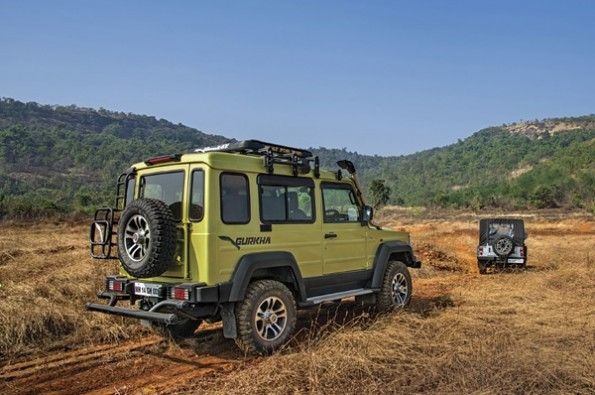
Which one should I buy?
If you want an iconic looking jeep and don’t plan on doing some hardcore off-roading, it’s the Thar that’s the better buy since it is also easier to live with. There will also be handy mechanics in most places around the country that will be able to fix the Thar. But, if you really want to cross a dense jungle, the Gurkha is the better option. Interestingly, the Thar and Gurkha may be the last of their kind. New safety rules that are set to come in 2020 will change these kind of vehicles considerably.


